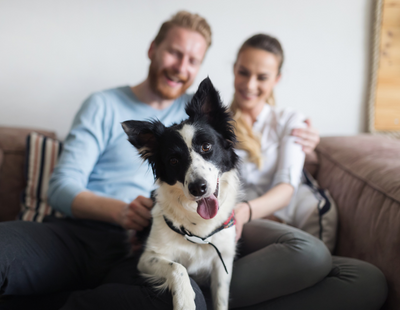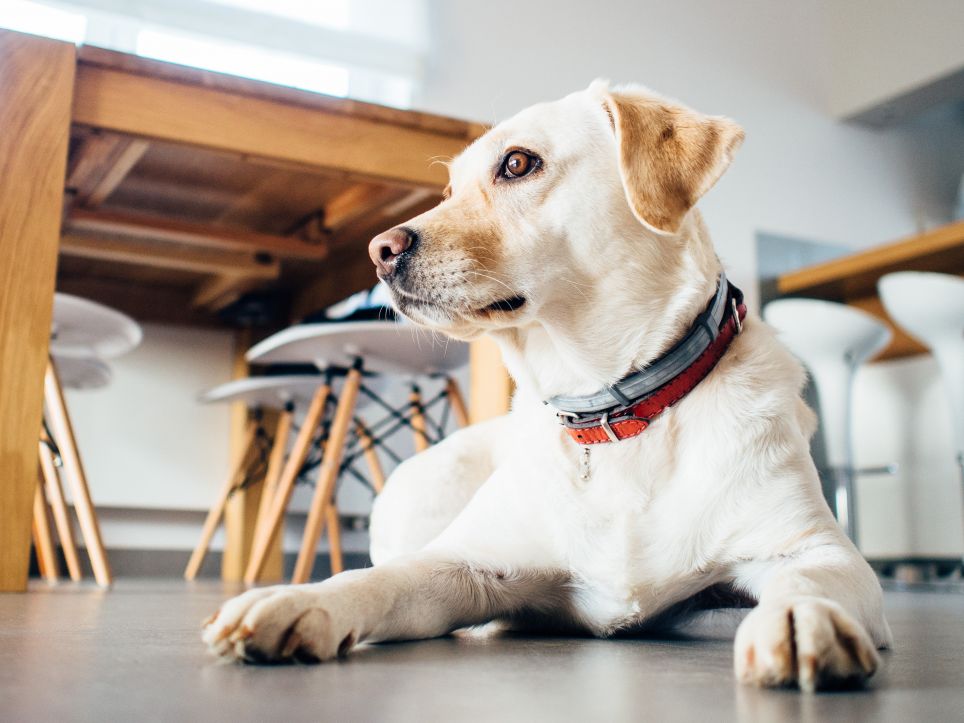
A respected buy to let mortgage monitor is suggesting that investors in the sector may be more successful if they allow pets.
The independent Moneyfacts service admits there are some disadvantages.
Landlords may have to take out additional insurance, although it says they can mitigate this by pet-proofing the home, such as removing rugs and expensive furniture from the property.
“As well as this, landlords should keep in mind that tenants are normally obliged to return the property in the same state in which it was initially rented, as such tenants should pay for any damage their pet causes or the money can be removed from their deposit.”
However, it suggests that in hard-nosed financial terms, allowing pets may outweigh the disadvantages: it gives three ways this could be the case.
Firstly allowing pets means a property is advertised to a wider audience - pet and non-pet owners, potentially reducing void periods.
Secondly, it seems like that allowing pets may encourage good tenants to stay in the property for longer, especially if finding a new rental property is a struggle.
And thirdly, in appropriate sized properties, allowing pets may encourage families - who in turn are likely to stay longer and may be seen as more reliable tenants than some singletons.
Moneyfacts adds that the pandemic period has seen a boom in pet ownership, but government statistics estimate that just seven per cent of private rental properties are advertised as pet-friendly.
Earlier this year the government introduced a revised Model Tenancy Agreement that makes it easier for tenants with well-behaved pets to find rented accommodation - however, this agreement is voluntary and it is widely thought relatively few agents and landlords use it.














%20-%20IMAGE%20Client%20Accounting%20%E2%80%93%20what%20are%20your%20options.jpg)





Join the conversation
Jump to latest comment and add your reply
Monefacts stating the obvious. Another advertorial and I do hope they are paying PIE for it.
Please login to comment